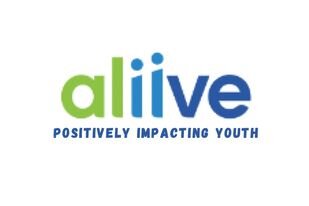HUFFING (INHALANTS)
Inhalants are breathable chemicals that produce mind and mood altering vapors. They are not meant to be used as drugs. In most cases, they produce their effects by depriving the brain of oxygen--not a healthy thing to do! Some examples include model airplane glue, lighter fluid, whipettes, Freon, white out correction fluid and paint thinner.
Short term effects of huffing:
- Nausea and vomiting
- Sneezing and coughing
- Trouble breathing
- Nose bleeds
- Bad breath
Longer term side effects:
- Weight loss
- Fatigue
- Poor coordination
- Damage to nervous system, liver, kidneys, blood, bone marrow, brain, and lungs
Warning: Inhalants can kill when the concentration of fumes is high.
Warning: Inhaling from a paper or plastic bag greatly increases the chance of suffocation. Contrary to common perception, this form of substance abuse did not disappear in the 1970’s and many parents are surprised to learn that inhalant abuse is a common problem affecting young people today. In fact, inhalant abuse surpasses all other forms of chemical abuse except alcohol and tobacco in eighth graders across the nation. An equally disturbing consideration is that an almost unlimited selection of easily obtained products can be abused in this way. Some professionals estimate that there are more than 1,400 products that have an abuse potential.
There are two simple messages to remember about inhalant use:
- Inhalant abuse can kill! Sudden Death Syndrome, (a form of massive heart failure) is one way that inhalants kill. Sudden death can occur with first-time as well as experienced users and result from a wide range of products. Respiratory failure from over exposure is another way death can result. The rapid and extreme loss of judgment and physical coordination during intoxication can bring about deadly accidents.
- Inhalant abuse causes health problems to the entire body. Neurological damage to the central nervous system and the main brain has been referred to as the “calling card” of inhalant abuse.
Inhalants are Simply too Dangerous to Try Warning signs of inhalant abuse might include some or all of the following:
- Discarded or suspicious product containers
- "Tools of the trade" such as bags, gauze, or other utensils used to aid inhalation
- Product traces on the suspected user
- Facial rash, blisters, or sores caused by these harsh products
- Runny nose and coughing not explained by illness
- Unusually harsh breath
- Extreme mood swings and unusual speech
- Uncontrolled laughter
- Bizarre risk-taking
- Angry or violent outbursts


